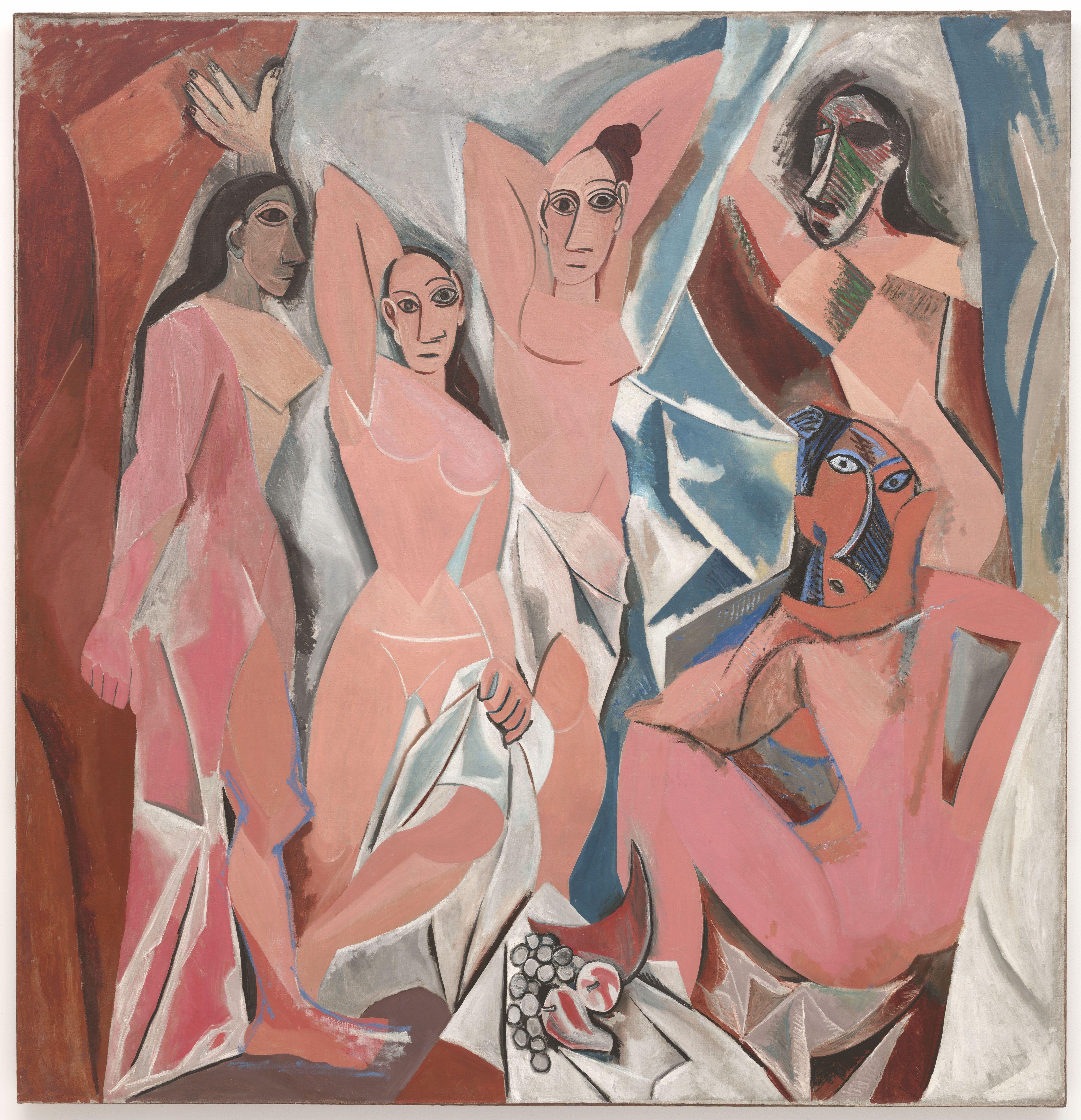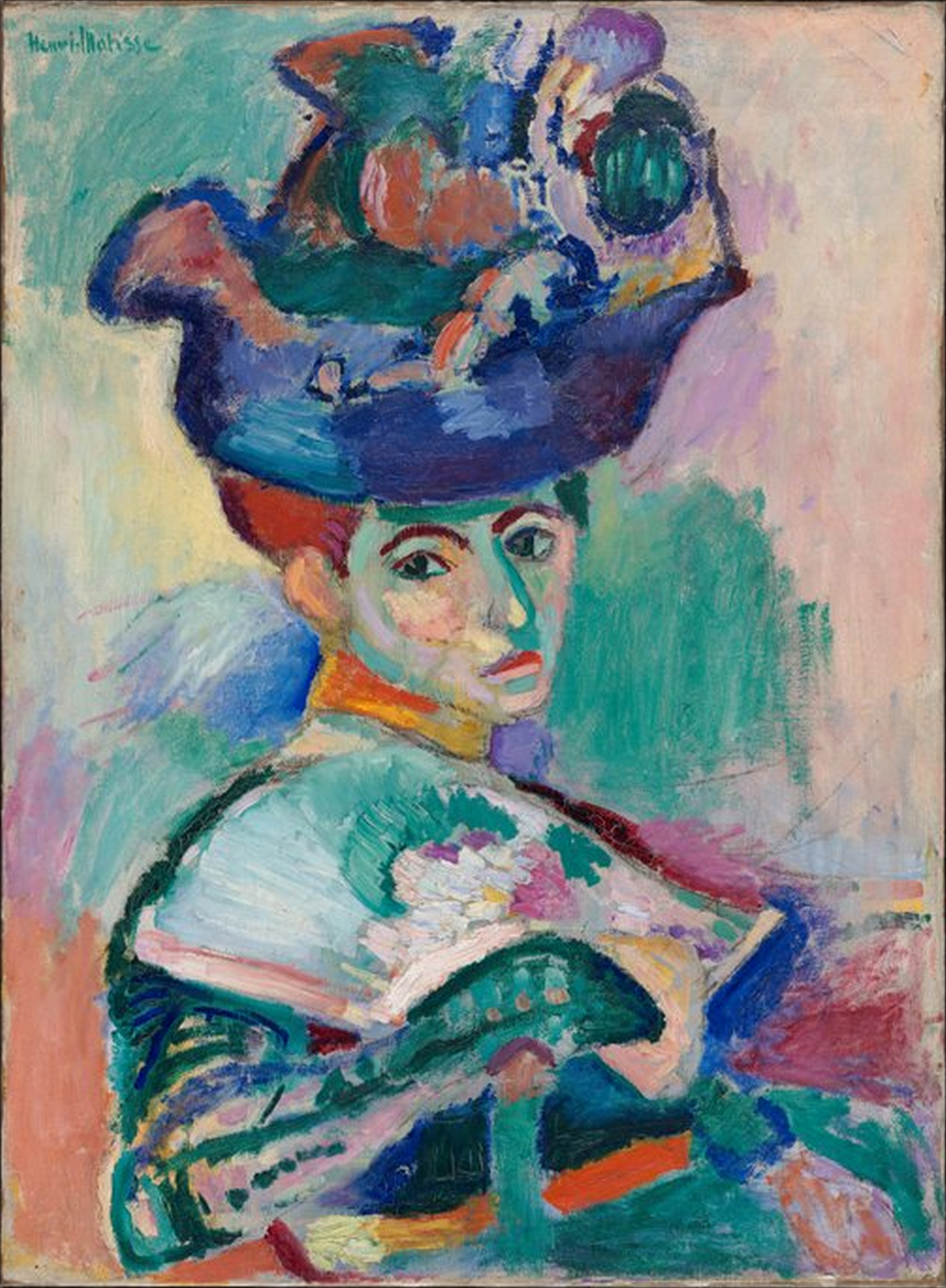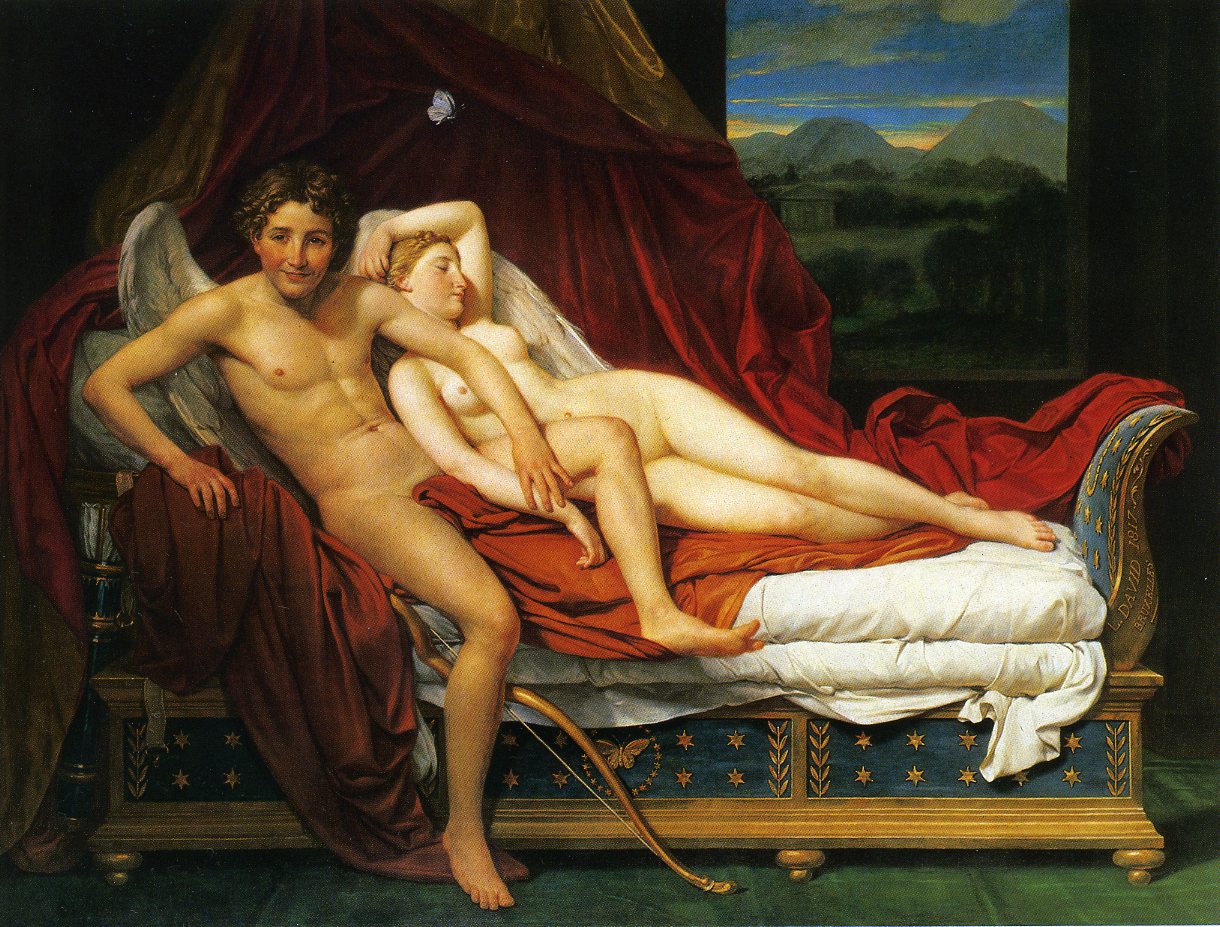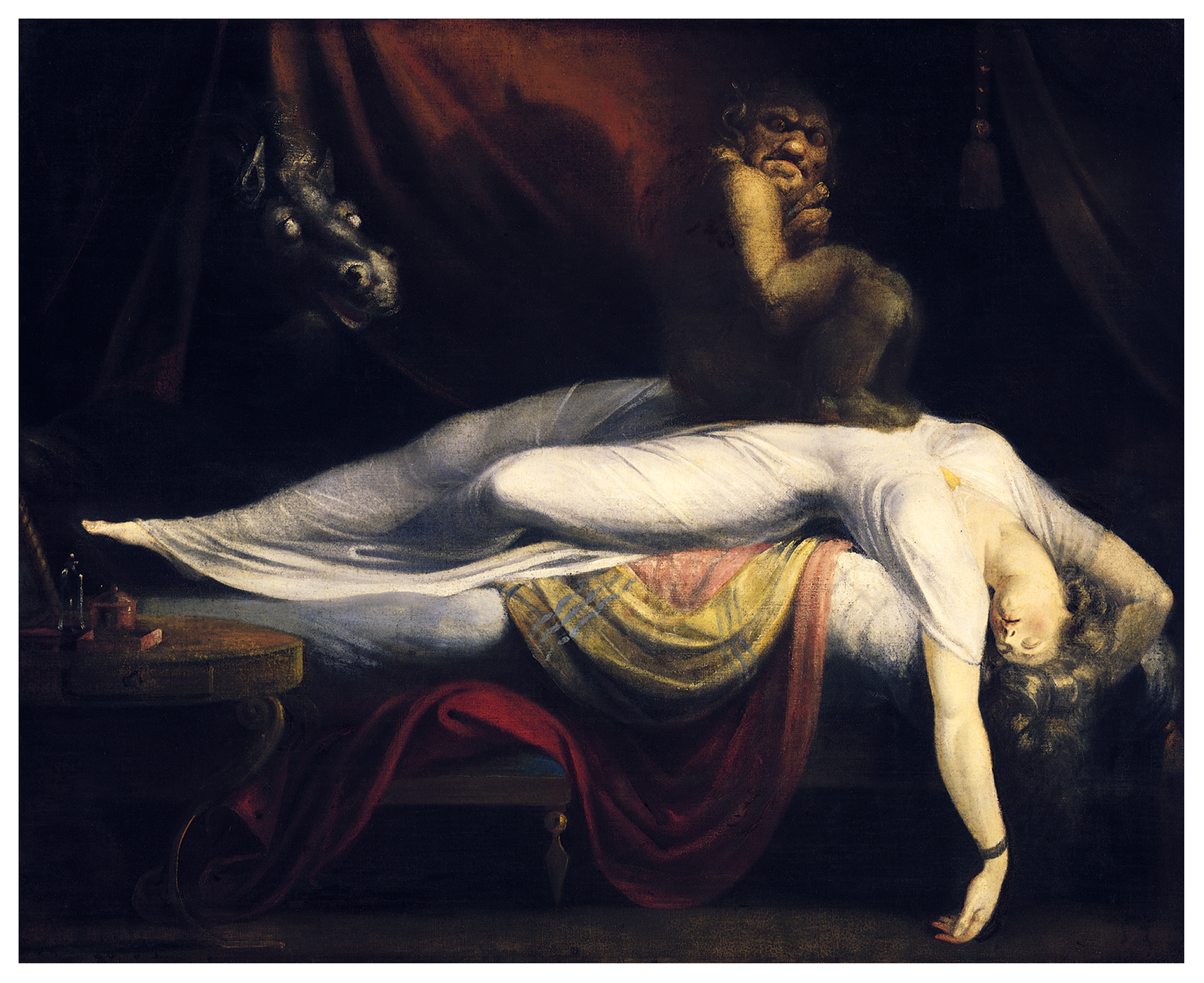Not Your Average Female Portrait
Ways in which you wouldn't normally view a woman
Curated by Lily Johnston
If you type "supine woman" into the google search bar, this won't be the first image to pop up, unfortunately. On the border of modern and contemporary art, Thiebaud's Supine Woman evokes an uncomfortable feeling to walk away from the painting. From a distance, I thought this was an exhibit of a woman through a window lying on her back. But up close, it is just an extraordinary painting.
It is also extraordinarily sexual. Just as before in Young Woman on the Bank of the Seine, the subject's legs lay slightly ajar. At first it just seems like a normal woman staring innocently at the clouds. Well, while that may be, her skirt also sits just above the knee, her legs open, and most importantly, she lies passively. However, when exploring the definition of Supine, it claims it means "displaying no interest or animation." Now this can go two ways. One) Men would be outraged because this painting may provoke, but yet she has no interest. Two) She has physically no animation on her face, and as she fell, her body happened to contort this way. I tend to choose the first option, however, for its comedic qualities.
This seems like your average passive female painting waiting for the man to come, but her facial expression and muscles complete devoid of movement or emotion seem shocking. Even though this is a preferred position, the passiveness completely takes away from that.
Ways in which you wouldn't normally view a woman
Curated by Lily Johnston
 |
| Wayne Thiebaud, Supine Woman, 1963 |
If you type "supine woman" into the google search bar, this won't be the first image to pop up, unfortunately. On the border of modern and contemporary art, Thiebaud's Supine Woman evokes an uncomfortable feeling to walk away from the painting. From a distance, I thought this was an exhibit of a woman through a window lying on her back. But up close, it is just an extraordinary painting.
It is also extraordinarily sexual. Just as before in Young Woman on the Bank of the Seine, the subject's legs lay slightly ajar. At first it just seems like a normal woman staring innocently at the clouds. Well, while that may be, her skirt also sits just above the knee, her legs open, and most importantly, she lies passively. However, when exploring the definition of Supine, it claims it means "displaying no interest or animation." Now this can go two ways. One) Men would be outraged because this painting may provoke, but yet she has no interest. Two) She has physically no animation on her face, and as she fell, her body happened to contort this way. I tend to choose the first option, however, for its comedic qualities.
This seems like your average passive female painting waiting for the man to come, but her facial expression and muscles complete devoid of movement or emotion seem shocking. Even though this is a preferred position, the passiveness completely takes away from that.



























